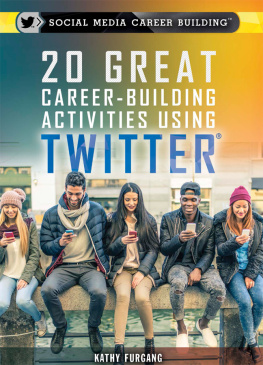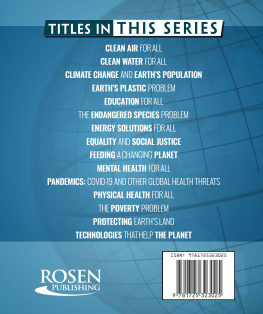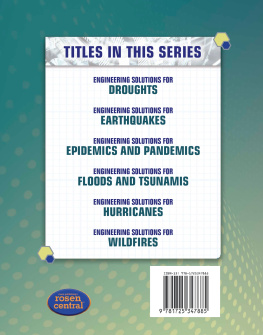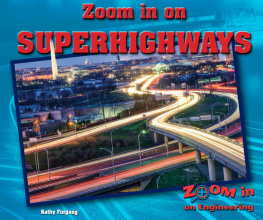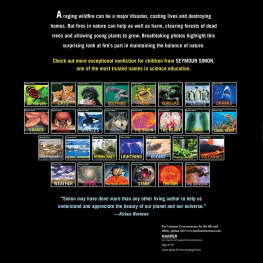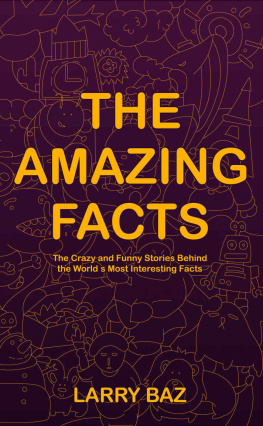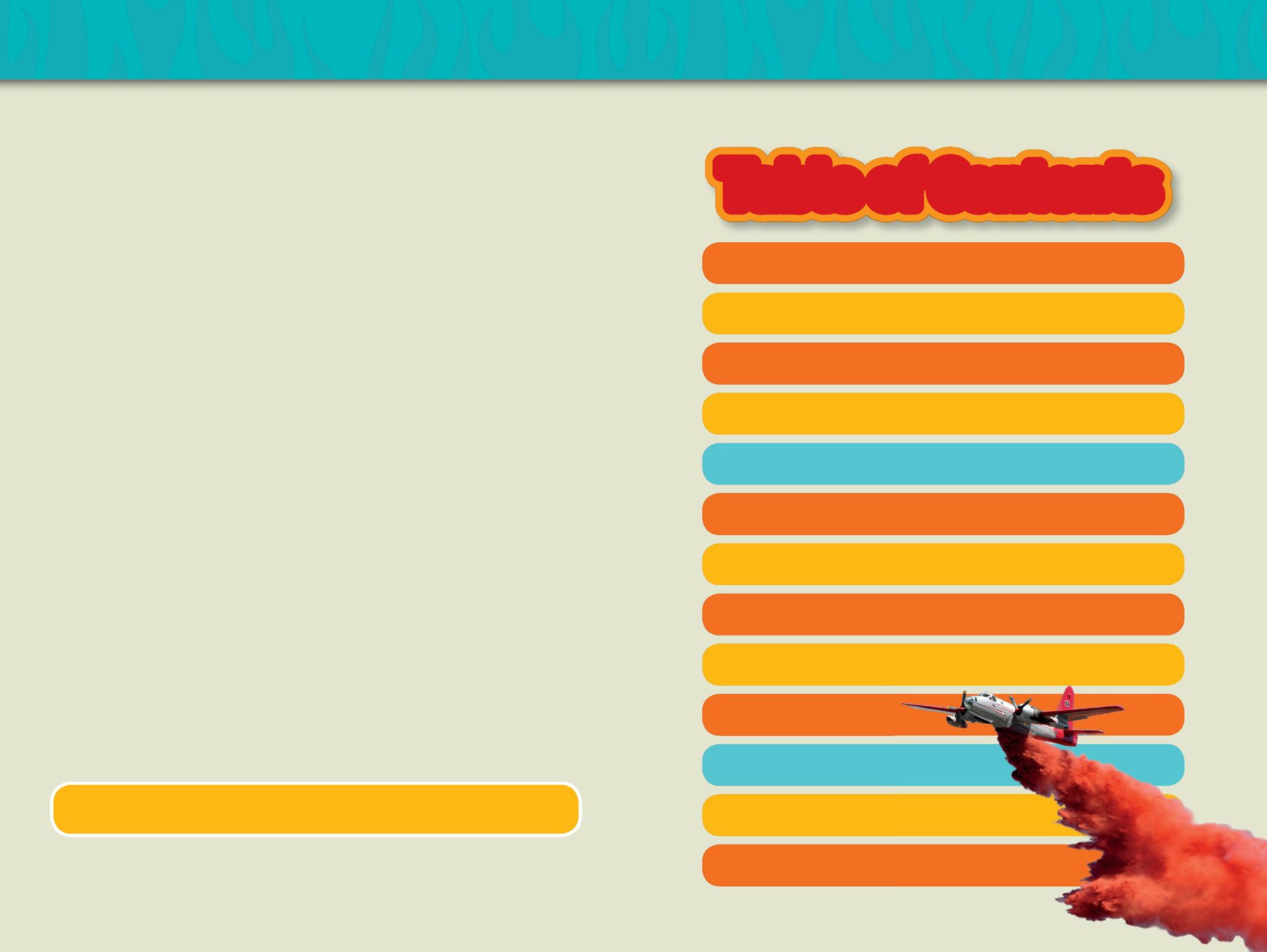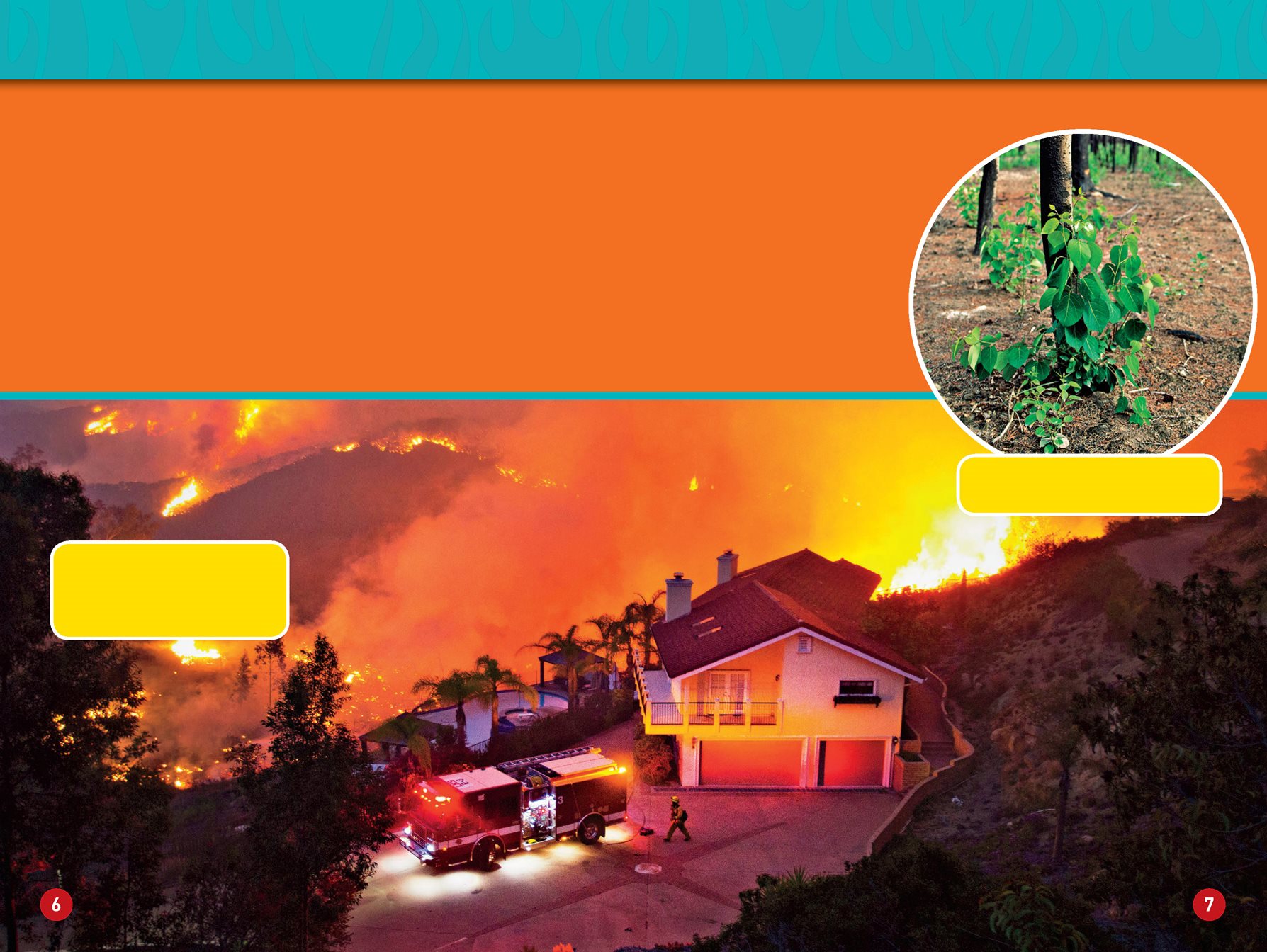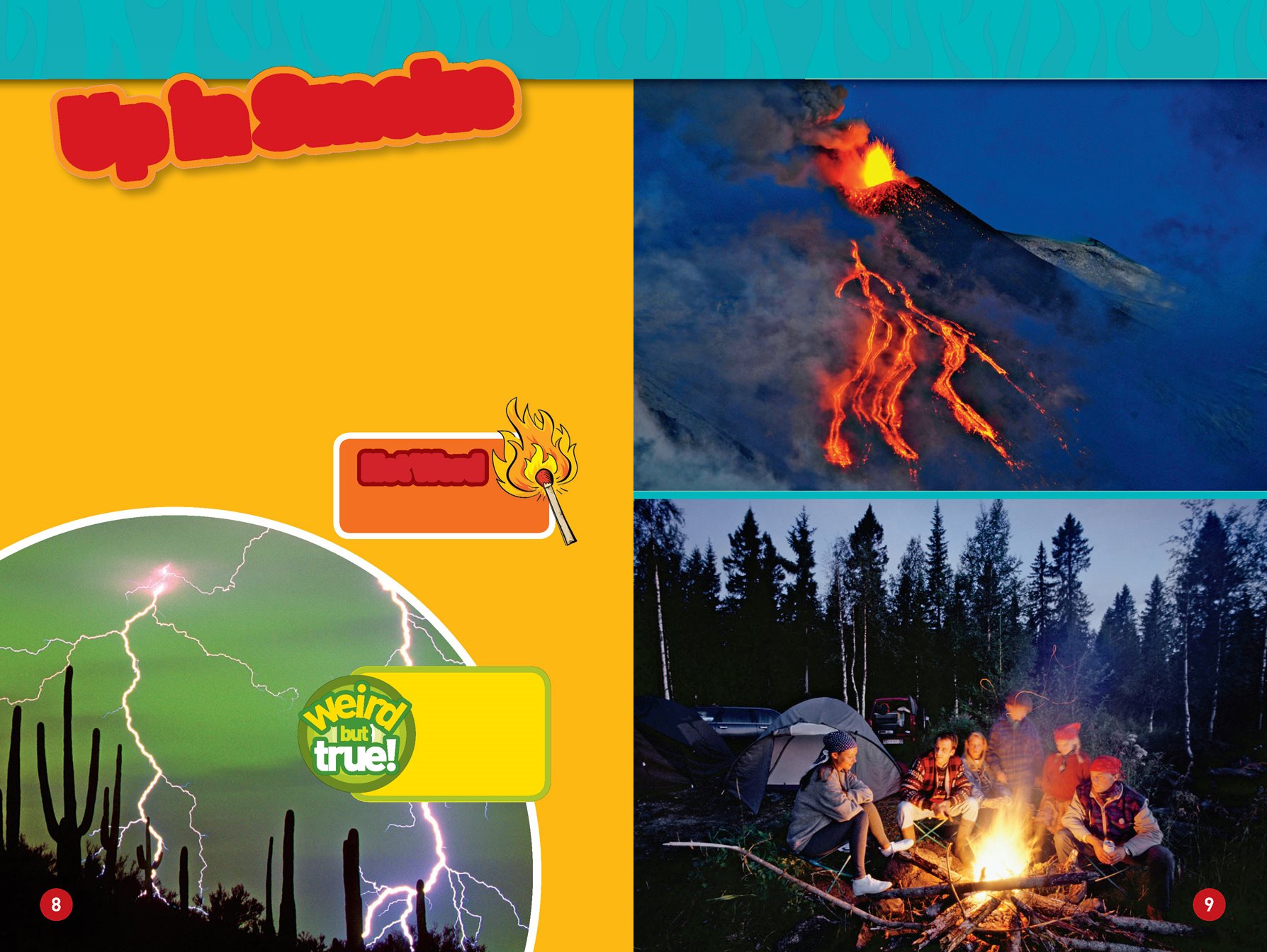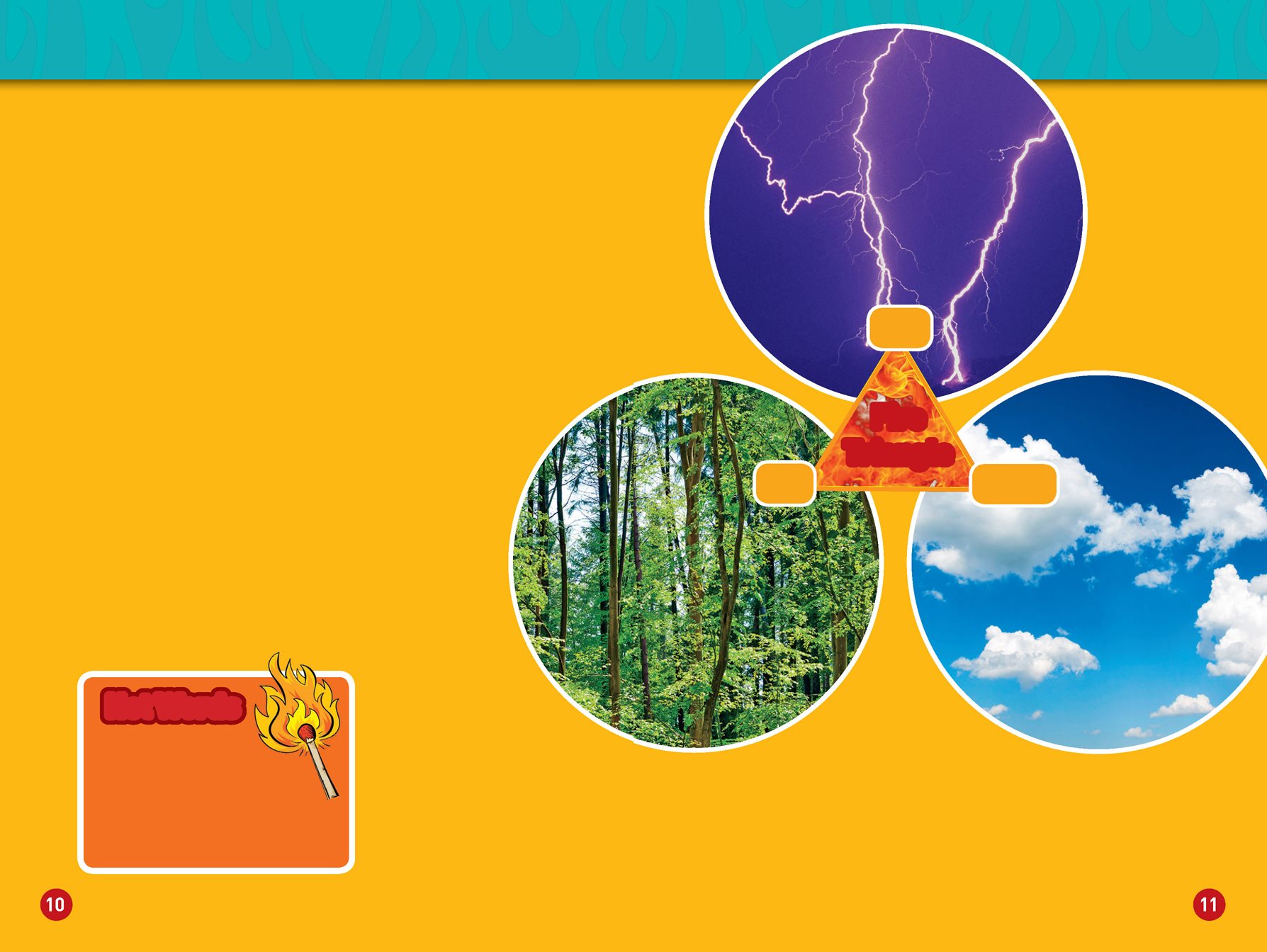Contents
Wildfires
Kathy Furgang
Washington, D.C.
For Mom K. F.
Copyright 2015 National Geographic Society
Published by the National Geographic
Society, Washington, D.C. 20036.
All rights reserved. Reproduction in whole or in
part without written permission of the publisher
is prohibited.
Trade paperback ISBN: 978-1-4263-2133-7
Reinforced library binding ISBN:
978-1-4263-2134-4
Editor: Shelby Alinsky
Art Director: Amanda Larsen
Editorial: Snapdragon Books
Designer: YAY! Design
Photo Editor: Lori Epstein
Rights Clearance Specialist: Michael Cassady
Manufacturing Manager: Rachel Faulise
Production Assistants: Sanjida Rashid and
Rachel Kenny
The author and publisher gratefully acknowledge
the expert content review of this book by Ilana
Abrahamson of the University of Montanas
FireCenter and the U.S. Forest Services Missoula
Fire Sciences Laboratory, and the literacy review
of this book by Mariam Jean Dreher, professor of
reading education at the University of Maryland,
College Park.
Illustration Credits
NGC: National Geographic Creative
SS: Shutterstock GI: Getty Images
Cover, Mark Thiessen/NGC; 1, Michael Routh/Ambient
Images/Newscom; 3, Vince Streano/Corbis; 45, Jonathan
Blair/Corbis; 67, Sean M. Haffey/U-T San Diego/Zuma
Press; 7 (UP), Stone Nature Photography/Alamy; 8, Wild
Printed in the United States of America
15/WOR/1
National Geographic supports K12 educators with ELA Common Core Resources.
Visit natgeoed.org/commoncore for more information.
Horizons/UIG/GI; 9 (UP), Giovanni Isolino/AFP/GI; 9 (LO),
David De Lossy/Ocean/Corbis; 11 (UP), Wild Horizons/UIG/GI;
11 (LE), roundstripe/SS; 11 (RT), Pakhnyushchy/SS; 11 (CTR),
Jag_cz/SS; 12 (UP), Moment Open/GI; 12 (LO), Mark Thiessen/
NGC; 13, FORGET Patrick/SAGAPHOTO.COM/Alamy; 14,
NASA/MODIS Rapid Response Team; 15, Jason Edwards/
NGC; 16, Patrick J. Endres/AlaskaPhotoGraphics/Corbis;
17 (UP), Anup Shah/Corbis; 17 (LO), Jiri Lochman/Lochman
Transparencies; 18, Stan Navratil/All Canada Photos/Corbis;
20 (LE), courtesy of Kathy Furgang; 20 (RT), photogal/SS;
21, Sumio Harada/Minden Pictures; 2223, Rich Reid/NGC;
24 (UP), Wallace Garrison/Photolibrary RM/GI; 24 (CTR),
Jag_cz/SS; 24 (LO), Marie Read/Nature Picture Library;
25 (UP), Kevin Steele/Aurora Creative/GI; 25 (CTR), J. Michael
Johnson/NPS; 25 (LO), Sascha Preussner/SS; 2627, Mike
McMillan/spotfireimages.com; 28, AP Images/The Daily
Courier/Les Stukenberg; 29, Michael S. Yamashita/Corbis;
29 (INSET), David McNew/GI; 30 (UP), Mark Thiessen/
NGC; 30 (LO), Vince Streano/Corbis; 31 (BOTH), Mark Thiessen
/NGC; 32 (UP), Tyler Stableford/Stone Sub/GI; 32 (LO), J. Mi
chael Johnson/NPS; 33 (UP), courtesy of The Fire Center; 33
(CTR), Rick DElia/Corbis; 33 (LO), ZUMA Press, Inc/Alamy;
3435, Steve Bloom Images/Alamy; 34 (UP), Bettmann/
Corbis; 34 (LO), AP Images/Schalk van Zuydam; 35 (UP), AP
Images/stringer; 35 (LO), WW/Alamy; 36, Jason Edwards/
NGC; 37, Tom Murphy/NGC; 38, Jack Dykinga/Nature Pic
ture Library; 38 (INSET), Michael S. Quinton/NGC; 39, Tom
Murphy/NGC; 41, Richard Barnes/Otto Archive;
42, FreezingRain/iStockphoto; 43 (LE), K.J. Historical/Corbis;
43 (RT), Smokey Bear images used with the permission
of the USDA Forest Service; 44 (1A), Wild Horizons/UIG/GI;
44 (1B), roundstripe/SS; 44 (1C), Pakhnyushchy/SS;
44 (2A), Laurie Straatman/SS; 44 (2B), Jiri Lochman/Loch
man Transparencies; 44 (2C), Larry West/Photo Research
ers RM/GI; 44 (2D), Jeremy Woodhouse/StoneSub/GI;
44 (LO), Mint Images RM/GI; 45 (UP), Don Despain/Alamy;
45 (CTR RT), Yves Marcoux/First Light/Corbis; 45 (CTR LE),
James Marvin Phelps/SS; 45 (LO), Phil McDonald/SS;
46 (UP), roundstripe/SS; 46 (CTR LE), Vince Streano/Corbis;
46 (CTR RT), roundstripe/SS; 46 (LOLE), Pakhnyushchy/SS;
46 (LORT), Rich Reid/NGC; 47 (UPLE), rdonar/SS; 47 (UPRT), AP
Images/Rich Pedroncelli; 47 (CTR LE), Andrey Armyagov/SS; 47
(CTR RT), Radius Images/Corbis; 47 (LOLE), Moment Open/GI; 47
(LORT), Claus Meyer/Minden Pictures; header (THROUGHOUT),
Sujono sujono/SS; vocab (THROUGHOUT), blambca/SS
Table of Contents
Fire!
Yellowstone National Park, in Wyoming,
U.S.A., is a popular vacation spot. But in
the summer of 1988, it was a danger to
the public. Why? The place visited for its
beautiful scenery was going up in smoke!
The wildfires started slowly. But then they
picked up speed. The park soon closed to
the public. Fires burned for nearly four
months. By the end, almost one million
acres of the park had burned.
The expression spread like wildfire comes from the
fact that wildfires can grow very quickly, like the ones in
Yellowstone National Park in the summer of 1988.
Hot
Word
WILDFIRE: an
uncontrolled fire that
occurs outdoors, especially
over a wooded area
Gigantic wildfires like the ones in Yellowstone
dont happen very often. But they are
common in wilderness areas. Some can get
very large and spread quickly. They can put
people and property in danger. Other fires
stay small, before going out on their own.
After a fire, plants
grow back and
animals return.
In fact, wildfires
are an important
part of nature.
Wildfires stretch across the
hills of San Diego County,
California, U.S.A., threatening
to burn a nearby house.
An area that burned in a wildfire
can quickly see new plant growth.
Up in Smoke
Even the biggest wildfire starts with a single
spark. A lightning strike is a common way
for a fire to ignite. Volcanoes can also start
fires when hot lava ignites grass or brush.
Other wildfires start when people are careless
with matches or when
building campfires.
Hot
Word
IGNITE: to catch fire
Lightning
strikes Earth
more than
100,000 times
a day.
A wildfire needs three things in order to
burn: heat, fuel, and oxygen.
A source of heat starts a fire and keeps it
going. Heat might come from a lightning
strike or a match.
Fuel gives a fire the energy it needs to
keep burning. Fuel can be trees, other
plants, or fallen leaves.
Fires also need oxygen . For fuel
to burn, it must react with oxygen
in the air.
This combination of heat, fuel, and oxygen
is called the fire triangle. A fire can be put



